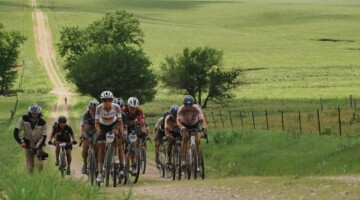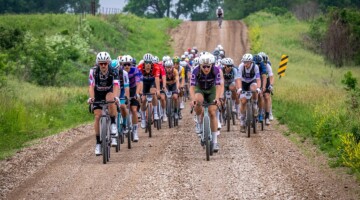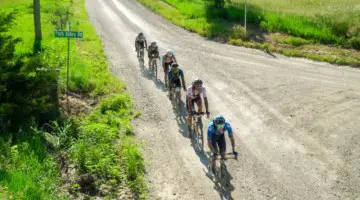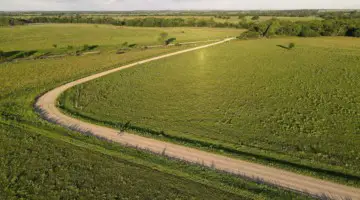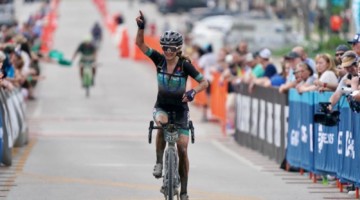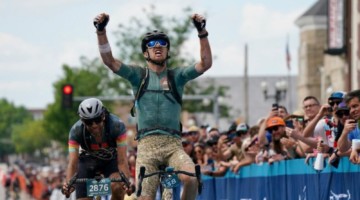Sports scientist and author Christie Aschwanden rolled out her book “Good to Go: What the Athlete in All of Us Can Learn from the Strange Science of Recovery” one year ago in February 2019 to much fanfare. Her writings attracted attention from Terry Gross and her NPR’s Fresh Air radio show, Outside Magazine and Runner’s World.
One year later, her book is available on paperback, and we found it a fine time to resurface a popular piece with the author for Training Tuesday.
Aschwanden’s research and findings as told to NPR captured our interest, and we brought readers a few takeaways and the full interview here.
But we weren’t done. We grabbed a copy (actually two) of her book, devoured it and came away rethinking many of the habits ingrained in us by coaches, athletes and media (yes, we’re part of that).
In her book, Aschwanden subjects herself to the latest in trendy recovery products and services and also wades through the Olympic-size pool of scientific research on exercise recovery. Readers are rewarded with new knowledge but left rethinking their approaches to dealing with concerns like hydration, inflammation, icing injuries, injury prevention and refueling.
It’s a read that might be as relevant to amateur athletes as it is to professionals, since we amateurs might be more hard-pressed to find feet-up recovery time and don’t have sponsor-supplied recovery products and services.
“Good to Go” is also entertaining, as Aschwanden relays her experiences trying everything from float pods to cryo-chambers in her search for what many athletes dream of finding—the ultimate tool for recovery—and a competitive advantage.
After reading the book, a few of us still had some questions specific to our own little world of cyclocross and gravel. Aschwanden, a cyclocrosser herself, was kind to take the time to answer them.
See our Q & A with Christie Aschwanden below.
Cyclocross Magazine: You’ve been a competitive runner, road cyclist, nordic skier and now race cyclocross. How did you get into cyclocross?
Christine Aschwanden: Well, the very first bike race I ever did, back in the 1990s, was a cyclocross race. I was a college freshman and a friend of mine talked me into doing the race as a fun diversion. I raced on a very heavy first-generation steel mountain bike and finished dead last. It was fun, but running was my thing at the time, and I didn’t do another cross race again until last fall.
I got into cyclocross by accident. I was familiar with the sport—I used to watch races when I was a road bike racer in Boulder—but I always thought ’cross was a bit ridiculous.
But last fall, my book was finally done, and for the first time in years, I actually had free time to ride. I had a few friends who were training for ’cross, and they convinced me that I should try it. I instantly fell in love. I love going hard for 40 minutes. And I love that ’cross combines hard aerobic effort with technical skills. The cognitive focus required to race is mesmerizing. I love the way that I can feel myself getting better at the technical challenges with every lap. Last year was my first season racing ’cross and I pretty much sucked, but I don’t really care. It was tons of fun, and I’m stoked to do more races this year.
I’m racing on an old Trek ’cross bike from 2001. It’s got bar-end shifters and eight speeds—totally cutting edge for that era! I’ve used it as a town bike for most of its life and I’ve grown weirdly attached. I do hope to get some better gearing on it this year, but I’ll probably keep riding it.
CXM: Do you have any post-race routine that has been influenced by your research?
CA: I’ve become better at doing a proper warm-down. It’s so easy to blow if off, but I’ve found that it really helps, especially if I’ll be getting in the car after the race. I also make a big effort to get a good night’s sleep after a race or hard effort. I’ve made a habit of prioritizing sleep at all times, but I’ve noticed that it really makes a difference to get good sleep after racing. I often enjoy a cold beer after a race or ride, but I’m sure to consume some food and water along with it. [Ed. note: Aschwanden’s first chapter in her book is about drinking beer after running]
CXM: Long gravel races are a thing now, and many sweat the details in prepping for these all-day affairs. Some have even called events like Dirty Kanza 200 as much an eating competition as a bike race. We’ve read your book and found your findings about pre-event hydration and drinking for thirst during activity counter to what many coaches and athletes religiously follow, like aiming for clear urine before an event and drinking X bottles an hour regardless of thirst and consuming Y calories per hour during racing.
Should an athlete avoid aiming for clear urine before an event, and just drink for thirst during an event? How would you advise someone approaching a long gravel event for eating and drinking?
CA: I was really surprised by some of the science I found regarding hydration. We’ve had it pounded into our heads that we need to drink early and often, but the science really doesn’t support this. In fact, it’s probably better to err on the side of not over-hydrating before a race.
The reason boils down to basic physiology. Our bodies are well-adapted to cope with some sweat and fluid loss during exercise. It’s true that you don’t want to get dehydrated, but it’s not crucial that you replace every ounce of fluid that you sweat in real time. The science of this is pretty complex, and I go into it in greater detail in the book.
But essentially your body has a very tightly regulated feedback loop that ensures that when you’re losing fluids, especially during exercise, you conserve water internally. You make these things called aquaporins that poke into the kidneys to reabsorb water if you’re getting low. If you overhydrate before your event, your body will keep fewer aquaporins around, which means that you’re less ready to conserve water if you need to.
The color of your urine isn’t the best indicator of hydration. Instead, it’s an indicator of whether your body is conserving or getting rid of water. Clear urine is just a sign that you drank a lot more than your body needs, which isn’t helpful. Dark pee means your body is conserving water, which might mean you’re dehydrated, or it might mean that you’re conserving water and doing fine.
CXM: Serious cyclocrossers often aim for recovery drinks, cool-down trainer rides, and then for the lucky, a post-race massage. Based on your research, how would you rank those in terms of actual physical recovery?
CA: Cooldowns are good. They keep your blood flowing to expedite the removal of metabolic byproducts of hard exercise. Recovery drinks are fine, but they’re not really necessary. You can just eat your next regular meal and be fine. A shake or drink can be a convenient way to get some energy in after a workout or race, but it’s not superior to regular food and a lot of those packaged products are highly processed and come with a bunch of additives that come from overseas and are susceptible to being tainted with weird stuff. In the book, I describe cases where athletes have tested positive on drug tests after taking protein drinks or electrolyte tablets. I prefer to get real food if I can.
Massage is a great recovery tool. Not because it works some kind of physiological magic—claims about flushing lactic acid and things like that aren’t borne out by the science—but because it makes you lie down and unwind for an hour. It forces you to really focus on your body and how it’s feeling. The body awareness you get from someone pushing and mushing your different muscles can be really helpful to help you assess how you’re doing.
CXM: Inflammation! You’ve thrown cold water on using icing and NSAIDs like ibuprofen to speed up recovery and healing when you’ve got sports-related inflammation. So if an athlete can tolerate the pain of a swollen joint, charley horse or even arthritis, letting inflammation run its course is the fastest way to heal? Ice and NSAIDs are only useful for pain?
CA: Inflammation is your friend. It’s a crucial part of your body’s healing process and it’s one of the things that helps you get fitter, faster and stronger in response to training. You don’t want to stop inflammation around sore spots or injuries, or you’ll slow the healing process. That said, NSAIDs are great pain relievers, and there are times when the pain-relieving benefits will outweigh the downsides. The big takeaway here is that the only reason to use ice and NSAIDs is for pain relief. Don’t use them in hopes that you’ll be less sore or recover faster—the science shows that they won’t help with these things.
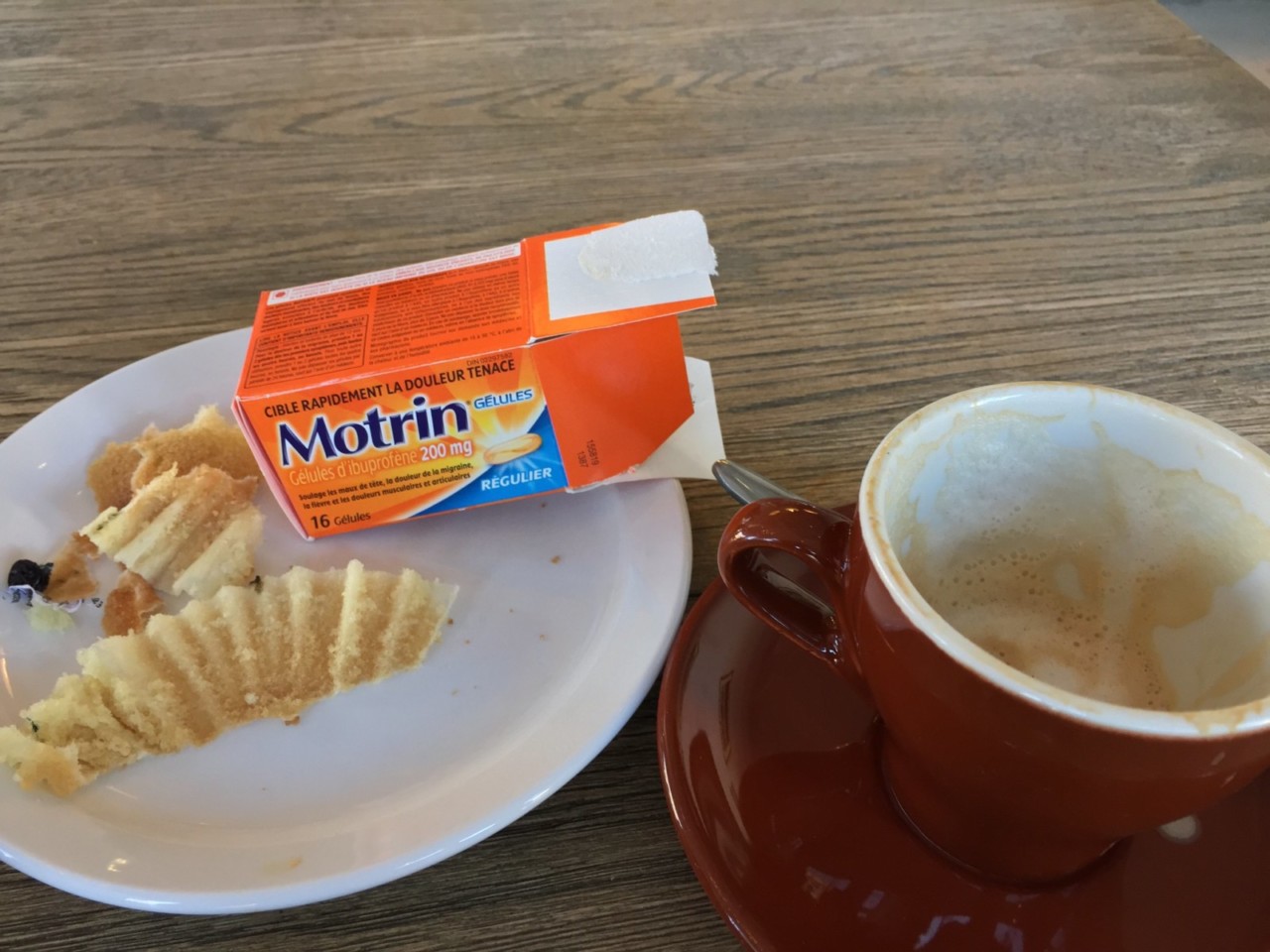
If quick recovery is your goal, skip the pills and let the inflammation play out, says Aschwanden. photo: Graham Ballantyne
“Inflammation is your friend. It’s a crucial part of your body’s healing process and it’s one of the things that helps you get fitter, faster and stronger in response to training.” -Christie Aschwanden
CXM: Your research seems to shut the pane on the idea of a short “glycogen window” in recovery eating, except in situations of a second event within a short time frame. Some cyclocross racers compete Saturday and Sunday. In this situation, should racers rush to refuel after a Saturday race? With normal food or a recovery drink?
CA: The latest research suggests that there isn’t a narrow recovery or glycogen window that you need to worry about. Sure, you need to refuel after a workout or race, but you’ve got time—hours—to do this and your recovery will be fine. You don’t want to wait overnight to get some food, but if it takes a few hours to have a meal after your Saturday race, you should be fine for Sunday. It’s really only going to be crucial if you’re performing again before you’ve had a chance to refuel.
Although some early studies pointed to a narrow recovery window, subsequent studies showed that it wasn’t the timing that was important, it was the nutrients themselves. You don’t need to eat a huge serving of protein right after a race. You do need protein, but it’s probably better to get it throughout the day in every meal, rather than in one big shake right after a workout.
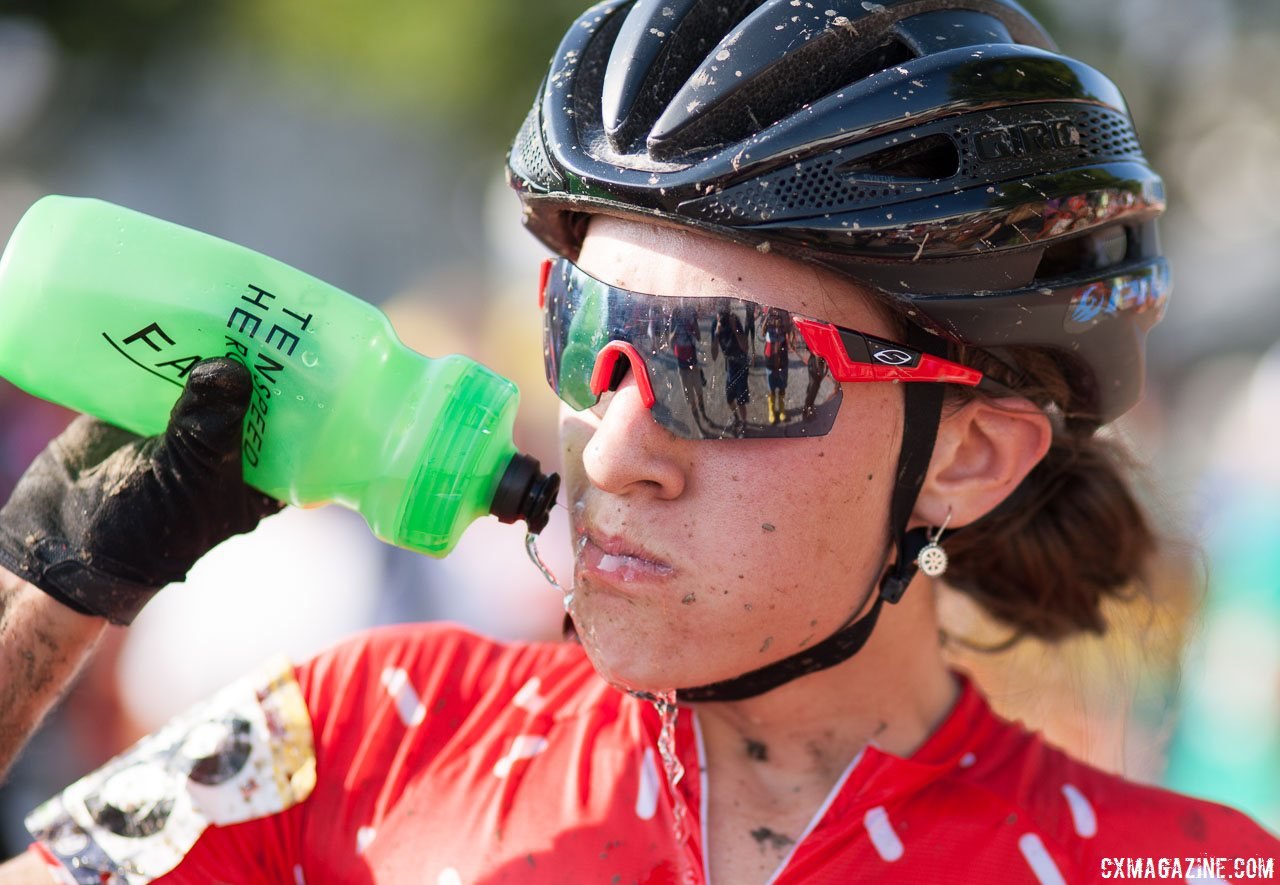
Drink when thirsty says Aschwanden. photo: Sofia Gomez Villafane doing her best to hydrate and cool down after a hot 2016 Jingle Cross World Cup. © A. Yee / Cyclocross Magazine
CXM: You cite some scary situations where overhydration (hyponatremia) was mistaken for dehydration. What tips do you have for athletes to recognize they’re suffering from one or the other?
CA: There’s an easy way to avoid both conditions: drink to thirst. Hydration really is that simple. You’re unlikely to develop overhydration or “water intoxication” unless you’re drinking beyond your thirst. If you’ve been drinking, then you’re unlikely to be very dehydrated.
CXM: Your book and research show there’s little evidence as to the value of stretching to prevent injury, whether it’s before or after an event. That seems counterintuitive for activities that require an unusual range of motions. For example, cyclocross has some weird maneuvers, like remounts, which require a hop and swing of your leg up to the saddle—a motion that can leave us with sore groins if we don’t stretch or do leg swings weeks in advance. And logically, it seems like if you have a wider range of motion and more flexibility, a crash has less of a chance of straining a joint. Why is such thinking flawed, or not supported by research?
CA: I can’t speak to your personal experience. There may be benefits to having flexible joints in some cases, and if you’ve found that these stretches help then I won’t tell you to stop. What I can tell you is that when researchers have done large studies comparing people who’ve stretched with people who haven’t, the stretchers weren’t less likely to get injured or sore. The finding that stretching doesn’t reduce soreness or injury has been shown in multiple studies over time.
Personal experience can be misleading because it’s easy to misattribute things. You got sore after skipping the stretching once, but was it because of the stretching, or was it something else that was different that day? You can’t go back and do the experiment again to see if stretching would have made the difference. That’s where studies of large groups can help tease out the differences.
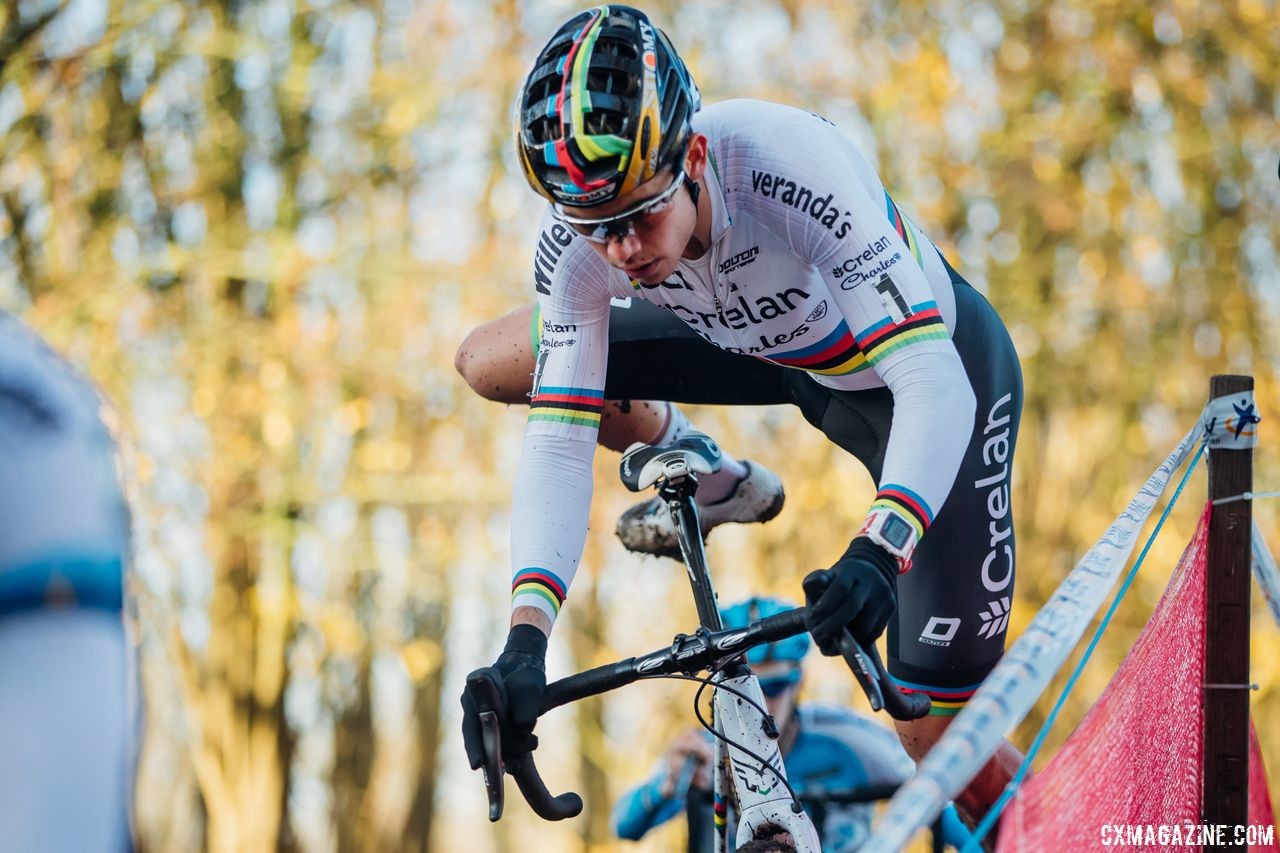
Wout van Aert remounts his bike with ease. Stretching won’t make this maneuver any less dangerous, according to Aschwanden’s research. photo: 2017 Flandriencross. © J. Curtes / Cyclocross Magazine
CXM: CBD products and topical sodium bicarbonate lotions have been popping up as popular recovery products. Is there any research showing effectiveness for these products, or are they expensive snake oils?
CA: I haven’t researched sodium bicarbonate lotions, but I wrote about CBD at FiveThirtyEight not too long ago. Although it seems promising for a wide variety of things, there’s not a lot of solid scientific evidence at this point, in large part because scientists are only starting to study it. Legal issues have made it a very difficult thing to study, and that’s only slowly changing.
What’s clear is that the claims have gotten ahead of the established evidence right now. It’s also the Wild West. It can be hard to know what you’re really getting, and studies have shown that what’s actually contained in these products can vary wildly.
CXM: As a cyclocrosser, do you use embrocation? Is there any non-psychological value of such warming muscle rubs?
CA: I had never heard that term until you asked about it, but when I looked it up, I recognized it as an age-old method that road cyclists have used for decades. It’s probably mildly useful for keeping you warm, but I’d say that most of the value is psychological. It feels pleasant and warm, but arm or leg warmers are a hell of a lot less messy and you don’t need special gloves to put them on.
CXM: Thank you for enlightening us and helping us recover!
CA: You’re welcome.
If you’d like to learn more about this topic, Aschwanden explores it more in-depth in her book, available at Amazon, Kindle and other booksellers. It’s also now on paperback
I’m eternally grateful for the nice reviews @wsj @kirkus @seattletimes @sciencenews @science @outsidemagazine @runnersworld @cyclocross @vox @psychtoday @sciam @booklist @outline
— Christie Aschwanden (@cragcrest) February 18, 2020
























